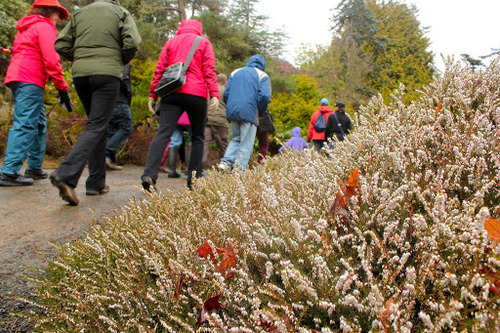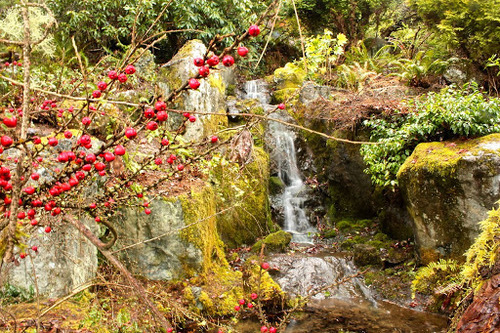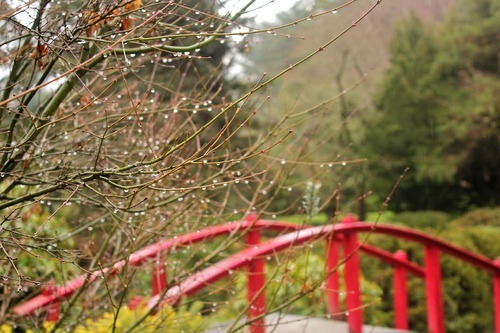
Walking along Renton Avenue in the Rainier Beach area of South Seattle, a busy main road lined with restaurants, gas stations and a surrounding residential area, the word “tranquil” hardly comes to mind. And yet, nestled right in the middle of Rainier Beach is one of the most peaceful and picturesque parks that Seattle has to offer.
The Kubota Garden is a historic 20-acre Japanese-style garden established in 1927 by Fujitaro Kubota, a Japanese immigrant and self-taught gardener, and, in 1990, became one of the first projects ever funded by the Washington Wildlife and Recreation Program (WWRP).
Kubota originally acquired five acres of logged-off swampland at the site where the gardens are now.
“It was like a mud pie, really unattractive,” says Mary Magenta, a docent, volunteer, and the Garden’s Artist in Residence, “But he was excited because he heard water and he understood as a gardener the importance of water. He wanted it not only to be a showplace but also to store his nursery stock.”
Kubota was not just creating another park – he was creating a gathering space for the growing Japanese community in Seattle.

“From what I understand he was just a really vivacious human – he not only brought Japanese gardening awareness to the Northwest, he was a real ambassador for that community,” Magenta said.
As time went on and more property became available around the gardens the whole family would chip in to reach Kubota’s eventual goal of turning the Garden into a 20-acre city park open to the public. Sadly, this goal never came to fruition in Kubota’s lifetime. He died in 1973 and his sons, Tom and Tat, worked desperately to maintain ownership of the Garden while keeping the family business afloat.
An offer from a developer to buy the property spurred the local community to come together and form the Kubota Garden Foundation, and in 1987 the City of Seattle acquired the Garden from the Kubota family. In 1990, the Garden became one of the first projects to benefit from the WWRP, receiving a grant for an acquisition of 15.6 acres, adding a visual buffer zone to its perimeters.
The Garden itself is visually stunning. There are lush walls of bamboo and large weeping blue atlas cedars – one of which is the largest in Seattle. There are several small waterfalls and footbridges with bright red railings reflected in the ponds below.

Magenta notes the positive impact of the Garden to the local community: “We have the kind of hidden gem that is so peaceful. There’s very little [vandalism]…everyone understands what a special place this is and they don’t trash it.”
She says that she’s talked to a lot of people who have lived in Ranier Beach their whole life and never been to the Garden and she hopes to get more local community members involved in volunteering and to let them know what a special place they have right in their backyard.
“You really do feel transformed when you walk in from busy Renton avenue. I think nature is really important and we get further and further from it all the time. To have this place is just such a joy.”
For more information visit:
Photos Courtesy of Mercedes Mehling
